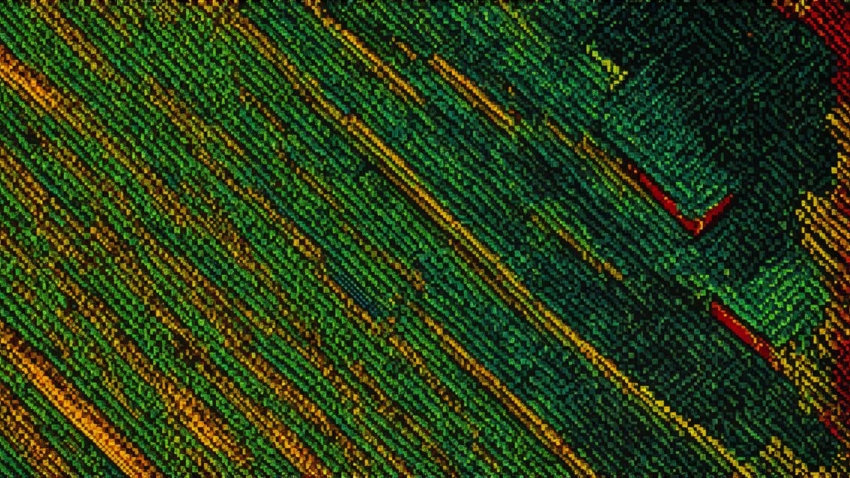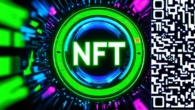
What determines the value of an NFT
Introduction
In recent years, non-fungible tokens (NFTs) have become increasingly popular, especially in the art and collectibles market. These unique digital assets can represent anything from artwork to virtual real estate, and they offer a new way for creators and collectors to monetize their digital content. However, determining the value of an NFT is not always straightforward, and it requires a deep understanding of the various factors that influence its worth.
1. Rarity

One of the most important factors that determine the value of an NFT is its rarity. The more unique an NFT is, the higher its potential value. For example, a one-of-a-kind digital artwork created by a renowned artist is likely to be highly sought after by collectors, and it could fetch a premium price at auction. Similarly, limited edition NFTs or those with low mint quantities are also considered rare and valuable.
To create an NFT that is rare and valuable, developers should focus on creating unique content that cannot be easily replicated. This could include original artwork, one-of-a-kind digital assets, or even exclusive access to events or experiences. By limiting the supply of an NFT, developers can increase its value and make it more desirable to collectors.
2. Utility
Another important factor that determines the value of an NFT is its utility. NFTs that offer practical benefits or functionalities are often considered more valuable than those that do not. For example, NFTs that grant ownership of unique in-game items, access to exclusive content, or even voting rights are highly valued by collectors and users alike.
To create an NFT with high utility, developers should consider the needs and wants of their target audience. They should identify areas where their creation can add value and provide a unique experience or benefit. By incorporating practical functionality into their NFTs, developers can increase their value and attract a wider range of buyers.
3. Demand
The demand for an NFT is another key factor that determines its value. NFTs that are in high demand are often more valuable, as they are more likely to be sought after by collectors and buyers. To increase the demand for an NFT, developers should focus on creating content that is popular or niche-specific, and that appeals to a wide range of potential buyers.
To create an NFT with high demand, developers should conduct market research and analyze the trends in their target industry. They should also consider collaborating with influencers or other prominent figures in their field to help promote their creation and increase its visibility. By creating an NFT that is highly sought after by collectors and buyers, developers can maximize its value and attract more potential buyers.
4. Provenance
The provenance of an NFT is another important factor that determines its value. NFTs that have a clear and verifiable history are often more valuable than those that do not. This includes information about the creator, the minting process, and any previous ownership or transfers of the NFT.
To create an NFT with strong provenance, developers should ensure that all relevant information is accurately recorded and verified. They should also consider using blockchain technology to create a transparent and immutable record of their creation’s history. By providing buyers with a clear and verifiable history of their purchase, developers can increase the value of their NFTs and attract more potential buyers.
5. Authenticity
Authenticity is another important factor that determines the value of an NFT. NFTs that are authentic and verified as genuine are often more valuable than those that are not. This includes ensuring that the content created for the NFT is original and has not been copied or manipulated in any way.
To create an NFT with strong authenticity, developers should ensure that all content created for their NFT is original and has not been copied or manipulated in any way. They should also consider using digital signatures or other forms of verification to ensure the authenticity of their creation. By providing buyers with a genuine and authentic NFT, developers can increase its value and attract more potential buyers.
Summary
Determining the value of an NFT is not always straightforward, but by understanding the key factors that influence its worth, developers can create highly valuable digital assets.







